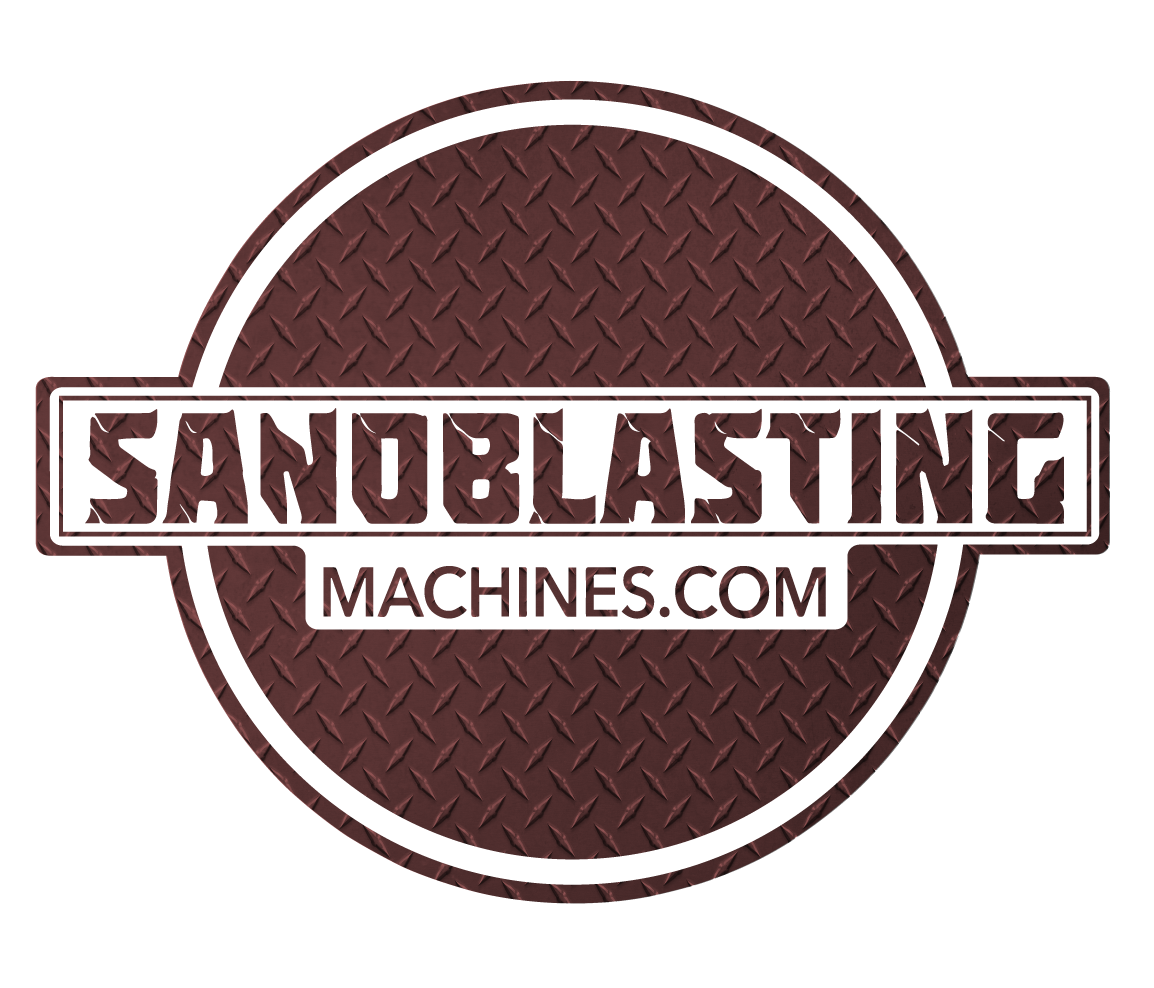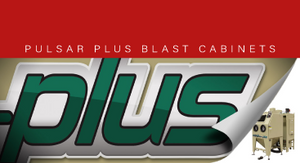How Does a Blast Machine Work?
By on May 5th 2017
Sandblasting is the process of propelling fine, abrasive materials at high velocities to achieve a number of results. It can be used for cleaning, deburring, removing paint and coatings, shot-peening, and/or other methods for finishishing or improving the surface on a number of different materials.
When it comes to industrial professionals, the blast machine is the key piece of equipment for sandblasting. Contractors, facility owners, shipyards, rail yards, and other industrial and mobile applications all require high-quality, durable pressure blasting equipment for cleaning, corrosion control, and surface preparation. These multi-purpose machines are powerful and require a certain degree of skill and safety precautions to operate, but the mechanisms of the machine itself are relatively simple enough to understand.
What isn’t always simple, though, is finding a basic overview of how the blast machine actually works.
As a leading distributor of Clemco products, we know blast machines like the back of our hands. But there are varying types of machines and parts/accessories, so there isn’t really one way a blast machine works. However, for the most part, they operate on this simplified notion: user-loaded media + pressurized air = blasting.
Clemco is the world’s largest manufacturer of air-powered blast equipment. By understanding how one of their classic stationary models work, you can gain a pretty good understanding of the sandblasting process in general.
Main Components of a Blast Machine
The blast pot can be considered the media reservoir. It also maintains the pressure necessary for blasting. Blast pots come in varying sizes, depending on productivity needs. We carry blast machines as small as .5 cubic feet to as large as 20 cubic feet.
Nozzles accelerate the air/abrasive as the mixture exits the end of the blast hose. The nozzle’s taper and inlet length determine the pattern and velocity of the abrasive exiting the nozzle.
The inlet and outlet valves monitor the inflow and outflow of air and determine whether the pot is pressurized. They are integral components of the remote control system and overall blast machine setup.
The pop-up valve responds to pressure put into the system and “pops up” to pressurize the system.
The Media valve is located at the bottom of the machine and regulates the abrasive flow from the blast pot. Abrasive media valves have two inlets and one outlet: one inlet is for abrasive, the other is for air, and the outlet is for the mixture of air and abrasive that will be carried through the blast hose. They are available as either manual or automatic (the former does not have a shutoff to stop the flow of abrasive).
The abrasive trap prevents abrasive from travelling through the outlet valve (a big no-no; the outlet valve is for air).
A blast machine is also comprised of a number of hoses: twin-line hoses, blast hose, and an 18-inch hose.
How it Works
After media is loaded into the machine, a number of events must occur to begin blasting.
For one, pressure is incredibly important throughout this entire process. Without accurate pressure, nothing would happen.
To properly pressurize the machine, you need a remote control system. Not only are these systems handy, they’re actually an OSHA-required safety device. Pressing/depressing the control handle will pressurize/depressurize the whole machine. For this purpose, the remote control system explained is a pneumatically-operated RLX control handle, but electronic remotes are also available (for use with blast hose lengths greater than 100 ft).
The twin-line hoses are connected to both the inlet valve and the control handle. One hose monitors air travelling towards the nozzle, while the other hose controls the air that travels back towards the inlet valve. When the control handle is not engaged, air is released at the base of the handle and no blasting can occur because the system is not pressurized.
The control handle is designed to “fail to safe,” to prevent accidental blasting or injury. When the handle is pressed down, a button seals off the airflow and the air signals back to the twin-line hose and into the inlet valve. The inlet valve opens, the outlet valve closes, and the pop up valve seals to pressurize the pot so blasting can occur.
While the handle is engaged, a mixture of air and abrasive sprays through the nozzle. With the spray of abrasive, you can begin your cleaning, deburring, shot-peening, or other sandblasting ventures.





